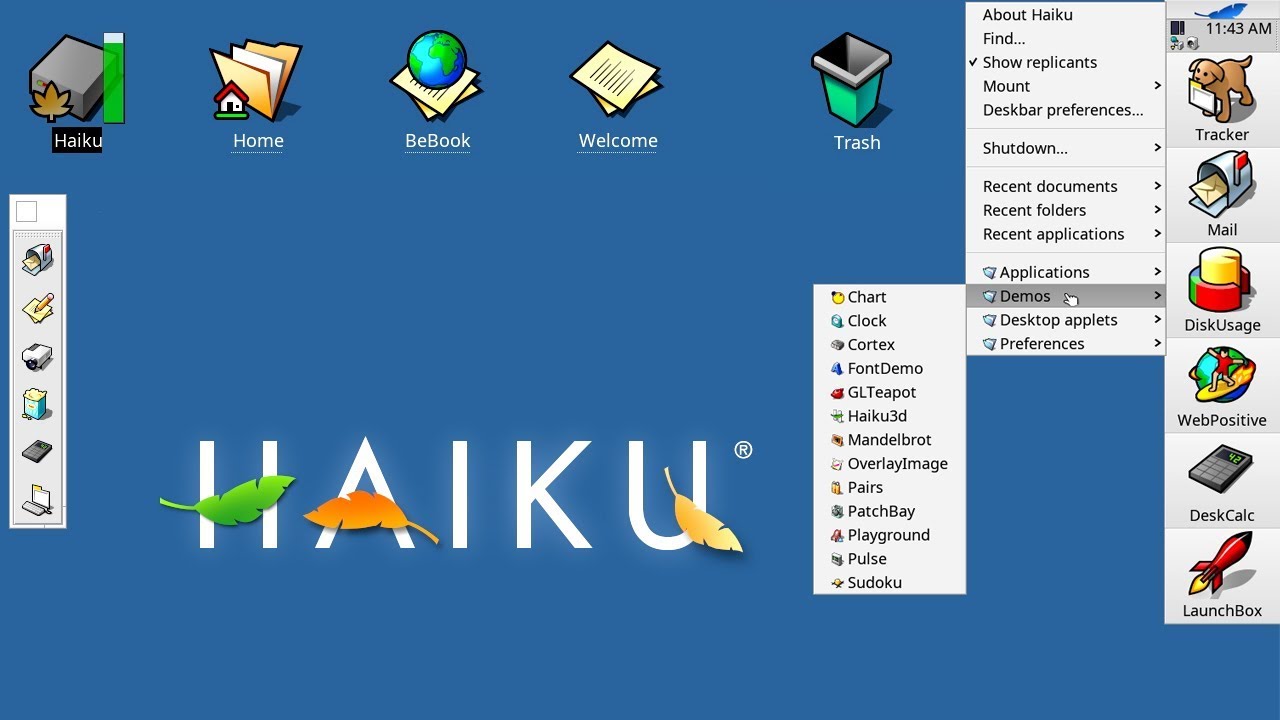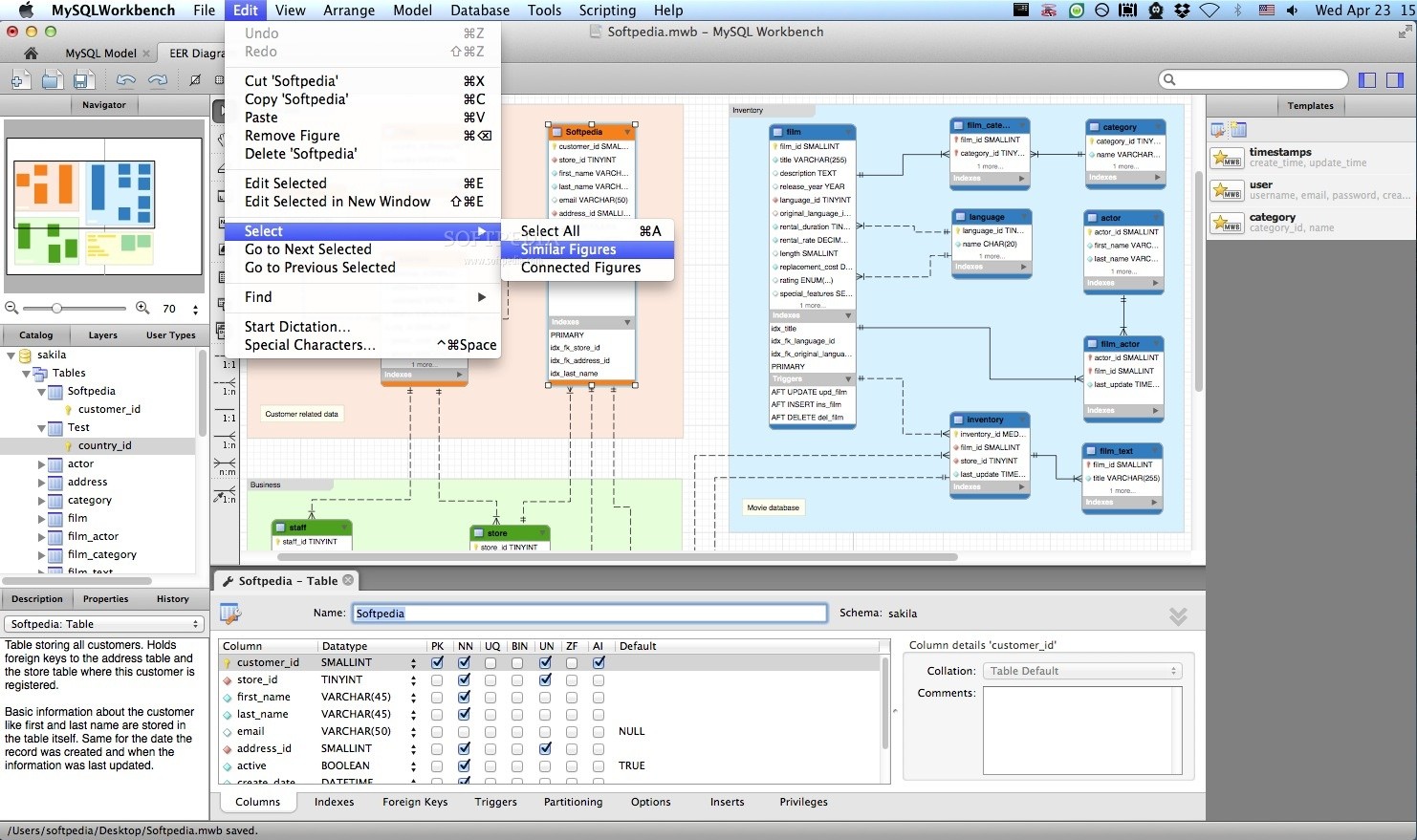Nostalgia meets technology as we dive into the fascinating world of retro operating systems, where digital archaeology becomes a creative journey through computing history.
🕰️ The Allure of Digital Archaeology
There’s something profoundly captivating about booting up an operating system from decades past. The familiar startup sounds, the pixelated graphics, and the simple yet elegant interfaces transport us to an era when computing was becoming accessible to the masses. Retro operating systems aren’t just relics of technological history—they’re time capsules that preserve the digital culture, design philosophies, and user experiences of their respective eras.
Today’s computing landscape is dominated by sleek interfaces and powerful hardware, but exploring vintage operating systems offers more than mere nostalgia. It provides valuable insights into how modern computing evolved, teaches us about efficient programming in resource-constrained environments, and offers a refreshing simplicity that’s often lost in contemporary software.
Why Vintage Computing Matters Today
The resurgence of interest in retro operating systems isn’t just about reminiscing. Developers, designers, and technology enthusiasts are rediscovering these platforms for practical and educational reasons. Understanding how programmers created sophisticated software with limited memory and processing power offers lessons in efficiency that remain relevant today.
Vintage operating systems ran on machines with mere kilobytes of RAM, yet they accomplished remarkable feats. This constraint-driven creativity fostered innovation and elegant solutions that modern developers can still learn from. The minimalist design principles evident in these systems have even influenced contemporary user interface trends, with flat design and simplified workflows echoing the necessity-driven aesthetics of early computing.
🖥️ Iconic Operating Systems Worth Exploring
MS-DOS: The Foundation of PC Gaming
Microsoft’s Disk Operating System dominated personal computing throughout the 1980s and early 1990s. Its command-line interface might seem primitive by today’s standards, but MS-DOS was the platform that launched thousands of classic games and applications. Exploring MS-DOS reveals the roots of the PC gaming revolution and demonstrates how creative developers worked within severe hardware limitations.
Running MS-DOS today through emulation opens access to an enormous library of abandonware and freeware games, from text adventures to early graphical masterpieces. The experience of typing commands instead of clicking icons provides a different relationship with your computer—one that feels more direct and intentional.
Windows 3.1: The GUI Revolution
Windows 3.1 represented a pivotal moment when graphical user interfaces became mainstream. Released in 1992, this operating system made computing accessible to users who found command lines intimidating. Its Program Manager, colorful icons, and cascade of windows defined an aesthetic that influenced interface design for years to come.
Revisiting Windows 3.1 reveals how many conventions we take for granted today—drag-and-drop functionality, minimize and maximize buttons, cascading menus—were revolutionary at the time. The system’s limitations also highlight how far we’ve come, with its inability to multitask effectively and frequent “General Protection Faults” reminding us why progress was necessary.
Classic Macintosh System Software
Apple’s System 6 and System 7 operating systems established design principles that continue to influence macOS today. The original Macintosh philosophy emphasized intuitive design, visual metaphors like folders and trash cans, and a consistent user experience across applications. These systems demonstrated that computers could be friendly and approachable rather than intimidating.
The classic Mac OS featured innovative concepts like the menu bar that stays at the top of the screen, drag-and-drop file management, and a unified appearance across all programs. Exploring these vintage systems reveals Apple’s long-standing commitment to user experience and design excellence.
Amiga Workbench: The Multimedia Pioneer
The Amiga’s Workbench operating system was ahead of its time, offering capabilities that wouldn’t become standard until years later. With superior graphics, sound, and multitasking abilities, the Amiga was the preferred platform for digital artists, musicians, and video producers throughout the late 1980s and early 1990s.
Experiencing Workbench today showcases innovations like preemptive multitasking, a sophisticated GUI with customizable screens, and integrated multimedia capabilities that were revolutionary for their era. The Amiga community remains active, with enthusiasts continuing to develop software and hardware for these classic machines.
🔧 Creating Your Virtual Time Machine
Virtualization vs. Emulation: Understanding the Difference
Before diving into retro computing, it’s important to understand the tools available. Virtualization creates a complete virtual computer within your modern system, allowing operating systems to run as if on dedicated hardware. Emulation mimics the behavior of specific hardware platforms, recreating the exact experience of using vintage computers.
For exploring retro operating systems, both approaches have merits. Virtualization through tools like VirtualBox or VMware offers easier setup and better integration with modern systems. Emulation through platforms like DOSBox or various console emulators provides more authentic experiences, replicating the performance characteristics and quirks of original hardware.
Setting Up DOSBox for MS-DOS Adventures
DOSBox remains the gold standard for experiencing MS-DOS software on modern computers. This emulator recreates the DOS environment with remarkable accuracy, including sound card emulation, adjustable CPU speed, and support for various video modes. Installation is straightforward across Windows, macOS, and Linux platforms.
Configuration involves mounting directories as virtual drives, adjusting emulation speed for optimal performance, and setting up sound card parameters. The learning curve is minimal, and abundant online resources provide guidance for running specific games and applications. DOSBox has preserved access to countless DOS classics that would otherwise be lost to time.
PCem and 86Box: Full System Emulation
For enthusiasts seeking the most authentic retro computing experience, PCem and 86Box offer complete emulation of vintage PC hardware. These emulators recreate specific motherboards, processors, video cards, and sound cards from the 1980s and 1990s, allowing you to install and run operating systems exactly as they functioned on original hardware.
The setup process mirrors building and configuring a real vintage PC, including BIOS settings, hardware configuration, and driver installation. This approach provides unmatched authenticity but requires more technical knowledge and configuration time. The reward is experiencing these systems precisely as users did decades ago, complete with authentic boot times and hardware limitations.
VirtualBox for Windows and Classic Mac
Oracle’s VirtualBox offers an accessible entry point for exploring vintage operating systems. This free virtualization platform supports Windows versions from 3.1 onward, various Linux distributions, and with some effort, classic Mac OS installations. The software provides a comfortable balance between authenticity and convenience.
Creating virtual machines in VirtualBox involves allocating system resources like RAM and hard drive space, then installing your chosen operating system from disk images. The interface is intuitive, and snapshot functionality lets you save system states, making experimentation risk-free. You can easily return to a previous configuration if something goes wrong.
🎮 Rediscovering Classic Software and Games
One of the greatest rewards of exploring retro operating systems is accessing the software that defined computing eras. From productivity applications to entertainment, vintage software offers insights into how people interacted with computers before the internet dominated daily life.
Gaming’s Golden Age
Classic gaming represents a significant draw for retro computing enthusiasts. Titles like “Monkey Island,” “Doom,” “SimCity,” and countless others helped establish video games as a serious entertainment medium. These games prioritized clever design and engaging gameplay over graphical fidelity, resulting in experiences that remain enjoyable today.
Many classic games have been released as freeware or abandonware, legally available for download from various archival websites. Organizations like the Internet Archive host extensive collections of vintage software, preserving digital heritage for future generations. Playing these games in their original environments provides context that modern ports sometimes lose.
Productivity Software Time Capsules
Vintage productivity applications reveal how people accomplished tasks before cloud computing and constant connectivity. Early word processors like WordPerfect, spreadsheets like Lotus 1-2-3, and databases like dBase were powerful tools that shaped business computing.
Exploring these applications demonstrates that sophisticated work was possible with minimal resources. The focused nature of these programs, without notifications and internet distractions, offers lessons about productivity that remain relevant. Some users even prefer vintage word processors for distraction-free writing.
📚 Learning Through Limitations
Working with retro operating systems teaches valuable lessons about computing fundamentals. When you can’t rely on gigabytes of RAM and multi-core processors, you develop appreciation for efficient programming and thoughtful design. These constraints forced developers to understand their tools intimately and optimize ruthlessly.
Modern programmers exploring vintage systems often rediscover techniques for memory management, assembly language optimization, and direct hardware access that have been abstracted away in contemporary development. This knowledge provides deeper understanding of how computers actually work beneath modern conveniences.
The Art of Efficient Programming
Retro computing reveals an era when programmers couldn’t rely on brute-force processing power to compensate for inefficient code. Every kilobyte mattered, and optimization was essential rather than optional. Studying vintage software demonstrates elegant solutions to complex problems using minimal resources.
This efficiency-focused approach has practical applications today, especially in embedded systems, mobile development, and performance-critical applications. Understanding how to accomplish tasks with limited resources makes you a better programmer regardless of platform.
🌐 Building Virtual Memory Palaces
Beyond simply running old operating systems, enthusiasts are creating elaborate virtual environments that recreate entire computing experiences from specific eras. These “memory palaces” combine accurate system configurations, period-appropriate software collections, and even digital recreations of physical computing environments.
Some collectors maintain virtual machines representing their first computers, complete with saved files, configured settings, and installed software that mirrors their original setups. These digital time capsules preserve personal computing history alongside technological heritage.
Customizing Your Retro Experience
Retro operating systems offered extensive customization options that gave users direct control over their computing environment. From custom boot screens and desktop patterns to system sounds and color schemes, personalizing your vintage system recreates the joy of making a computer truly your own.
Modern retro computing enthusiasts take customization further, creating period-accurate setups with authentic wallpapers, icon sets, and even recreating specific configurations from magazines and computer labs of the era. This attention to detail transforms simple emulation into immersive historical recreation.
🔍 Preservation and Digital Archaeology
The retro computing community plays a crucial role in digital preservation. As physical media degrades and original hardware fails, emulation and virtualization become essential for maintaining access to computing history. Dedicated archivists work to preserve not just operating systems, but entire software ecosystems.
Projects like the Internet Archive’s software collection, the Museum of Obsolete Media, and various enthusiast-run repositories ensure that future generations can experience computing history firsthand. This preservation work documents technological evolution and maintains cultural heritage that might otherwise disappear.
Legal and Ethical Considerations
Navigating the legal landscape of retro computing requires awareness of copyright, licensing, and abandonware status. While some vintage software has been officially released as freeware, other titles remain under copyright protection even if they’re no longer commercially available.
Responsible retro computing enthusiasts prioritize legally obtained software, support companies that have released their classic titles, and respect intellectual property rights. Many publishers now sell their vintage catalogs through platforms like GOG.com, providing legal access while supporting digital preservation.
💡 Bringing Retro Concepts Forward
The influence of retro computing extends beyond nostalgia. Modern developers draw inspiration from vintage systems, incorporating their design philosophies into contemporary software. Minimalist interfaces, distraction-free environments, and efficiency-focused design all echo principles from early computing.
Some modern operating systems and applications deliberately adopt retro aesthetics and workflows, recognizing that newer isn’t always better. This fusion of vintage concepts with modern capabilities creates tools that balance simplicity with functionality.
🚀 Your Journey Into Digital History
Starting your retro computing adventure requires minimal investment—just curiosity and willingness to experiment. Begin with accessible emulators like DOSBox, explore freely available operating systems and software, and gradually expand into more sophisticated emulation as your interest grows.
Join online communities dedicated to vintage computing. Forums, Discord servers, and social media groups connect enthusiasts worldwide who share knowledge, troubleshoot issues, and celebrate discoveries. The retro computing community is welcoming and eager to help newcomers navigate this fascinating hobby.
Resources for Further Exploration
Numerous online resources support retro computing enthusiasts. The Internet Archive hosts thousands of vintage software titles. Websites like WinWorld provide operating system images. YouTube channels offer tutorials and historical context. Books about computing history provide deeper understanding of the technological and cultural significance of these systems.
Documentation from the original era, including user manuals, magazine articles, and technical references, helps recreate authentic experiences. These resources transform simple emulation into informed historical exploration, providing context that enriches the experience.
🎨 The Creative Dimension of Retro Computing
Retro computing isn’t purely about preservation—it’s also a creative medium. Digital artists create pixel art using period-appropriate tools. Musicians compose chiptunes with vintage sound chips. Developers write new software for obsolete platforms, proving these systems remain viable creative tools.
This creative renaissance demonstrates that limitations can inspire innovation. Working within the constraints of vintage hardware challenges artists and developers to think differently, often resulting in work with distinctive character that stands apart from modern productions.
Finding Your Personal Connection to Computing History
Whether you’re revisiting systems from your youth or discovering computing history for the first time, retro operating systems offer unique experiences that modern systems cannot replicate. The direct interaction, visible cause-and-effect relationships, and comprehensible complexity make these systems accessible in ways that contemporary computing often isn’t.
Your journey into retro computing might begin with nostalgia but will likely evolve into genuine appreciation for the ingenuity, creativity, and vision that shaped modern technology. Each vintage operating system tells a story about the people who created it, the users who relied on it, and the era that produced it.
Step back in time through virtual machines and emulators. Explore the operating systems that laid foundations for everything we use today. Create your own virtual memories while preserving actual computing history. The past is just an emulator away, waiting to share its lessons, entertainment, and inspiration with anyone curious enough to boot it up.
Toni Santos is a visual historian and creative artisan whose work channels the bold spirit of the steam-powered era—a time when imagination, mechanics, and ambition converged to reshape the modern world. Through richly detailed visual narratives and handcrafted design, Toni celebrates the legacy of steam innovation as both an artistic and technological revolution.
Driven by a passion for mechanical aesthetics, forgotten inventions, and industrial-age ingenuity, Toni reimagines the world of steam through illustrations, tactile artifacts, and storytelling that capture the poetry of pressure, motion, and invention. From piston-driven engines to brass-detailed diagrams, each piece reveals how steam wasn’t just power—it was promise.
With a background in visual design and historical research, Toni brings a craftsman’s eye and a dreamer’s heart to the stories of tinkerers, inventors, and visionaries who shaped the 19th century. His work doesn’t merely document machines—it honors the culture, courage, and creativity that drove a world to reimagine itself through gears, valves, and vapor.
As the creative voice behind Vizovex, Toni shares curated articles, reconstructed blueprints, and visual interpretations that bring this industrial past to life. His collections serve as a tribute to:
The elegance of steam-era design and innovation
The human stories behind great mechanical feats
The aesthetic beauty found in function and form
The echo of invention in today’s creative world
Whether you’re a history lover, a fan of steampunk, or an admirer of antique technology, Toni welcomes you into a world where art and machinery fuse, one cog, one drawing, one rediscovered marvel at a time.





